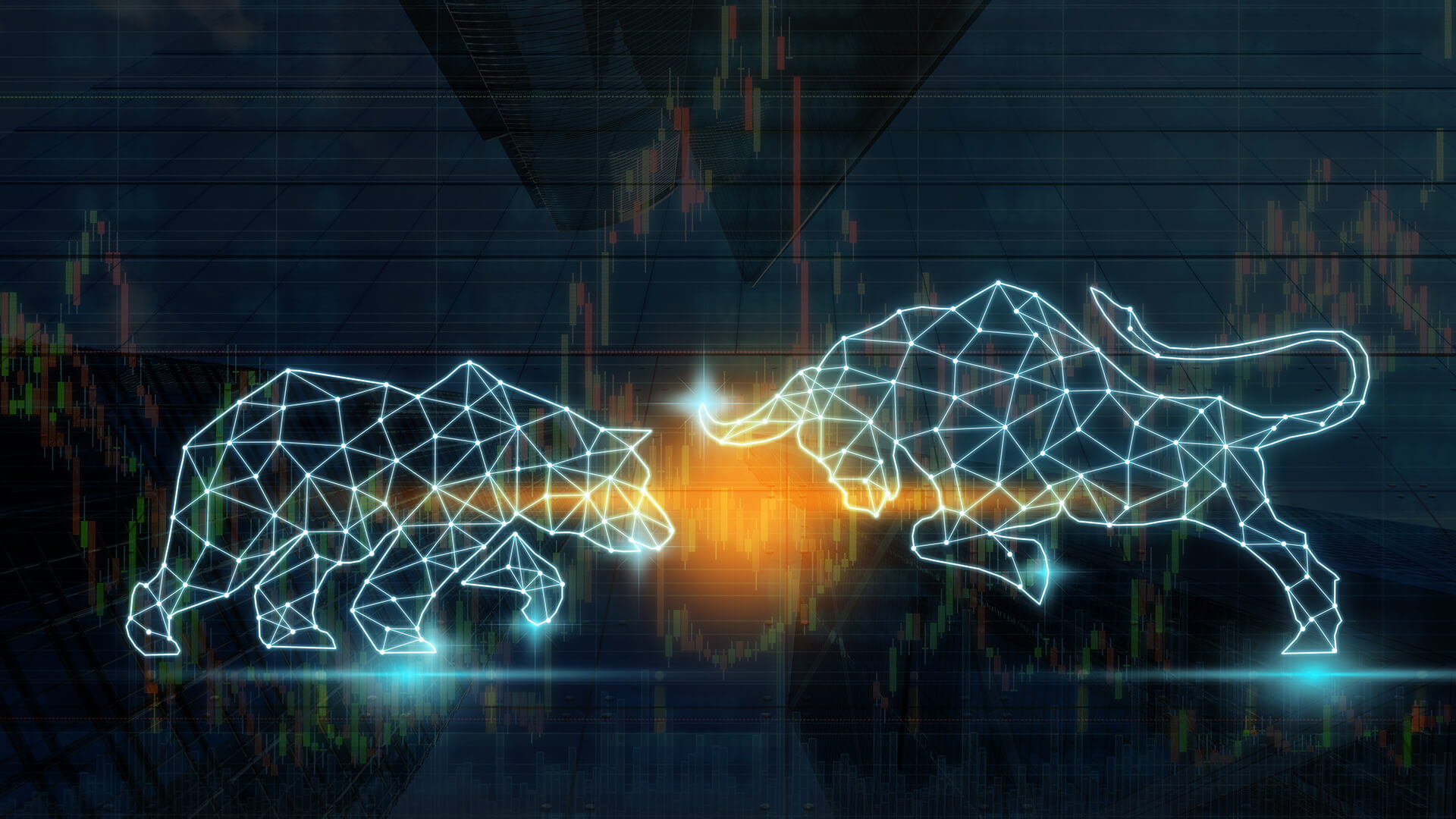
Trading on the stock market can provide high rewards as well as huge risks. A number of different strategies are available try and provide the best returns for an individual.
Throughout this article we will be exploring a number of different strategies which can be implemented to support your trading needs. Though if you are wanting an easy way to get started with trading there are a number of trading platforms to support you.
So what is swing trading?
At its core, swing trading means opening positions for short periods. It could be anywhere from hours/days, or even weeks. The idea is to generate more income during a trending market and limit the risk when trading sideways or during a bearish market. This article will focus on swinging trade in bull and bear markets.
You should try taking trades that fit your daily schedule to swing trade. Depending on what works best for you, it could be after university, lunch break or even after work. You can not expect to make money if you plan your day around trading because there are only 24 hours in a day.
It would be challenging to stay focused if you tried swinging trades all day. But, when done right, it will be a simple, fun and easy way of increasing your income without working too much.
Swing Trading in Denmark, in the finance world, has two general types of markets. There is a Bull market and a Bear market. In a bear market, prices go down, and all investors lose money, but in a bull, market prices go up, and you can make money if you know how to trade it correctly.
A Bull Market
In a bull market, traders who have bought stock can profit from a price increase – this is because they will be able to sell the stock for more than they bought it for or sell it later at a profit even though they have already made their money back now that the price is higher.
So now what? You want to buy those stocks as well! A popular investing strategy called dollar-cost averaging lets you invest small amounts of money over some time to minimise risk.
So you could buy shares at regular intervals, but what is there left for you to do?
If prices go up, it’s apparent that it goes well for the stockholders and means that other traders who want to trade in this market might be put off because they think that the markets are not trending down.
It means that swing trading will be difficult because you won’t find any opportunities until the price has reached resistance or support levels where other traders will start retaking positions.
So basically, swing trading is difficult when prices move sideways; there isn’t much movement, so the chances are high that many people will sit on their hands until the next trend appears.
A Bear Market
When bearish trends are long-term, they can be difficult to trade because there are no clear entry points. The best way of trading in a bearish or down-trending market is investing in the trend.
If you wait for proof that prices go lower before buying any shares, then you could end up waiting forever! It means that if you buy too soon, your losses will be more significant when the price starts going up again.
Bottom line
Several strategies help you trade in a down-trending market without the high risk involved when trying to buy after prices have gone up. You can try short-selling instead of using your own money to buy stocks when bearish trends appear on your chart. Short selling involves borrowing stock from someone else, selling it and hoping to repurchase it later at a lower price.























